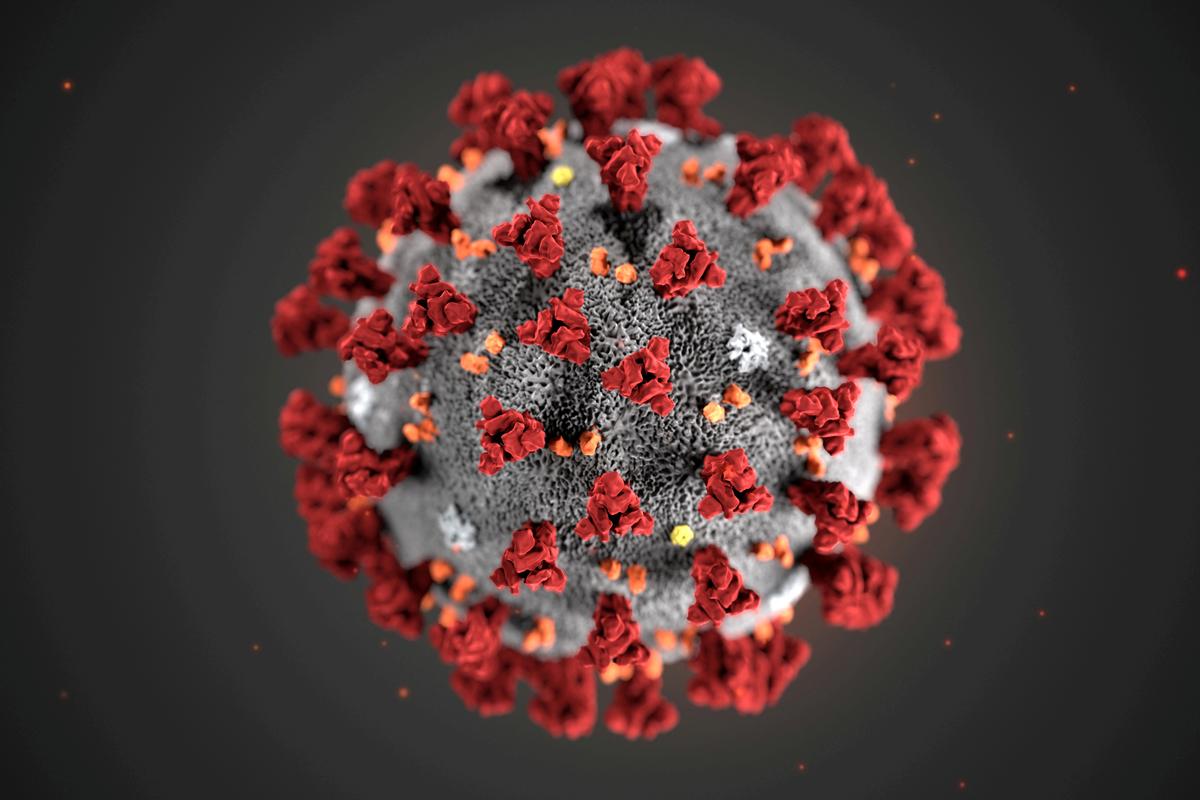OAKLAND, Calif. (Reuters) – A global race is on to develop smartphone apps and other types of mobile phone surveillance systems to track and contain the spread of the novel coronavirus.
FILE PHOTO: The ultrastructural morphology exhibited by the 2019 Novel Coronavirus (2019-nCoV), which was identified as the cause of an outbreak of respiratory illness first detected in Wuhan, China, is seen in an illustration released by the Centers for Disease Control and Prevention (CDC) in Atlanta, Georgia, U.S. January 29, 2020. Alissa Eckert, MS; Dan Higgins, MAM/CDC/Handout via REUTERS
The process known as “contact tracing,” which is used to control the spread of infectious diseases, was boosted last week when the top two smartphone software makers, Alphabet Inc’s Google (GOOGL.O) and Apple Inc (AAPL.O), said they were collaborating on apps that can identify people who have crossed paths with a contagious patient and alert them.
HOW CAN MOBILE PHONES HELP COMBAT THE NEW CORONAVIRUS?
Smartphones and some less-sophisticated mobile phones keep track of their location via cell-tower signals, Wi-Fi signals and the satellite-based global positioning system, known as GPS. Smartphones also use so-called Bluetooth technology to connect with nearby devices.
The location data can be used to monitor whether people, either individually or in aggregate, are obeying orders to stay inside their homes. It can also be used for contact tracing: determining whether people have been in contact with others who have the virus, so they can get tested or quarantined.
Smartphones can also be used to take surveys of people about their health via messaging, record their health histories via various forms of data entry and even produce a health “score” based on a combination of location information and health data.
HOW CAN PHONES HELP WITH CONTACT TRACING?
Using Bluetooth, smartphones can log ot

